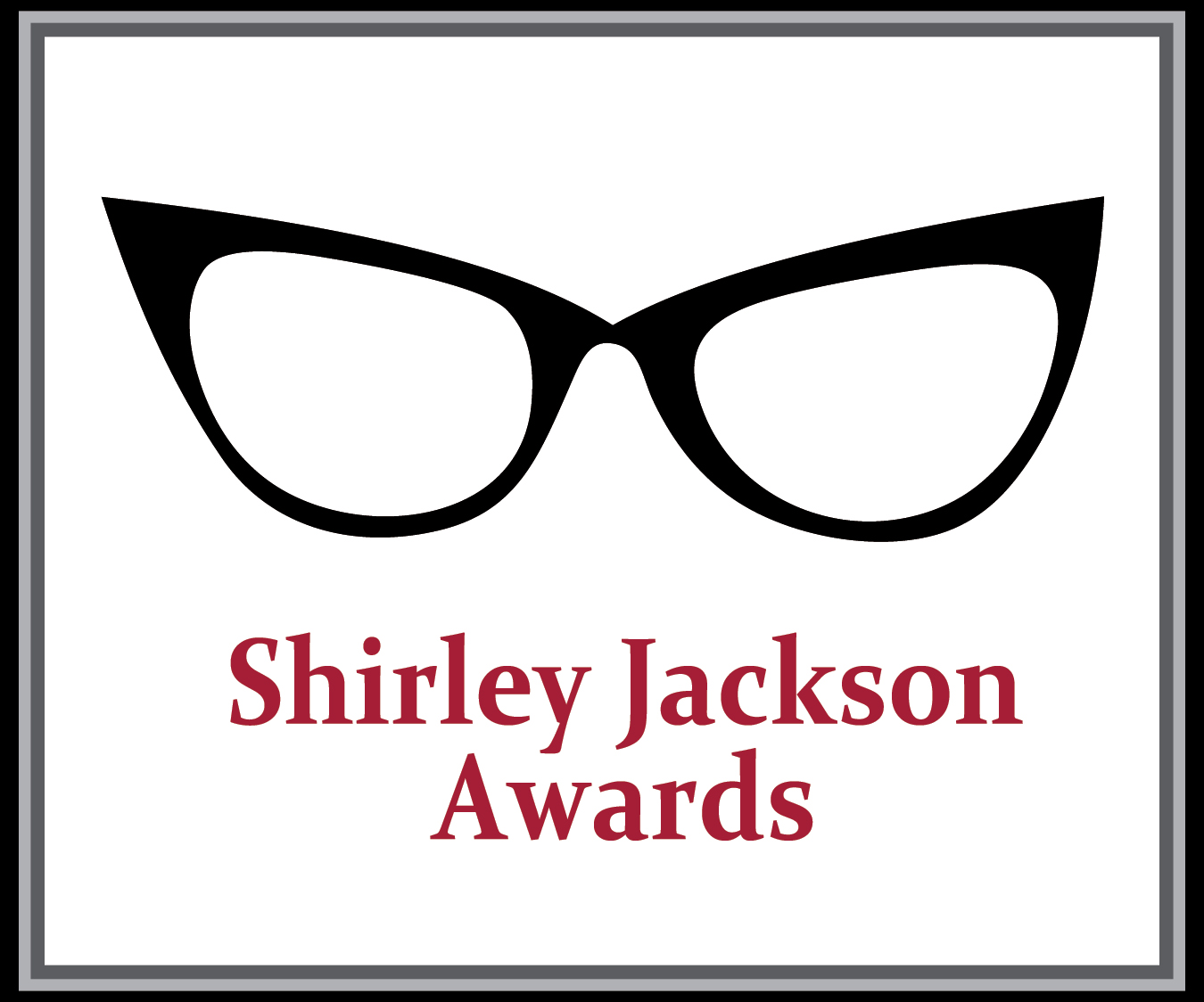Jeff VanderMeer
Hi Jeff! Thanks for agreeing to do the interview. Aside from your short story “The Third Bear”, you also have an essay of the same name. How did the concept of The Third Bear originally develop and how did you finally settle on the title?
I was asked to write about fairy tales from a male perspective for a book of essays put together by Kate Bernheimer called Brothers & Beasts. I’d already been building up a kind of mythology around a man transformed into a bear for a story called The Situation and for the essay I more or less deconstructed and then reconstructed the whole idea of “three bears” around very different precepts than the actual folktale. In doing so, as sometimes happen, bits of story and plot got mixed in with the essay, and at some later point I found I had to write the short story too. My idea about a “third bear” is that this bear was outside of the confines of stylized folktales, and more like the literal versions of the originals. That the third bear was a kind of senselessness—beyond comprehension, as are some acts and situations in our world. And that as a result, sometimes folktales were inadequate for dealing with reality, because reality is messy—it doesn’t have discrete beginnings, middles, and ends, and stories that try to say reality has order to it are telling a lie.
What was your criteria in selecting the stories for your collection? How about the sequence of the stories?
I wanted to focus on stories that expressed a search for the inexplicable, the strange, the unknowable. For something beyond ourselves. In terms of the sequence, I wanted to start with the heart of the matter, “The Third Bear,” and then pull back from that horror into more subtle explorations, letting each story resonate in the heart of the next as much as possible, before opening up again at the end into the ultimate search for the unknowable in the last story.
What were the challenges in writing “The Quickening,” which is original to the book?
Knowing that a rabbit eating rabbit stew was the second key image in the story, after the first one, and to know when to create a sense of the luminous and when to create a more down-to-earth mood. But perhaps most essential was not being too nice. I kept recoiling from the central act that takes place in the story, toward the end, and then eventually realizing it was inevitable and to not go in that direction was a lie. And also that easy explanations for the rabbit would also be a lie, and that my decision in that regard would leave some readers expecting a certain set of tropes puzzled. But that’s okay—a puzzled reader is better than a bored reader.
Please help support the Shirley Jackson Awards. Click here for details.
